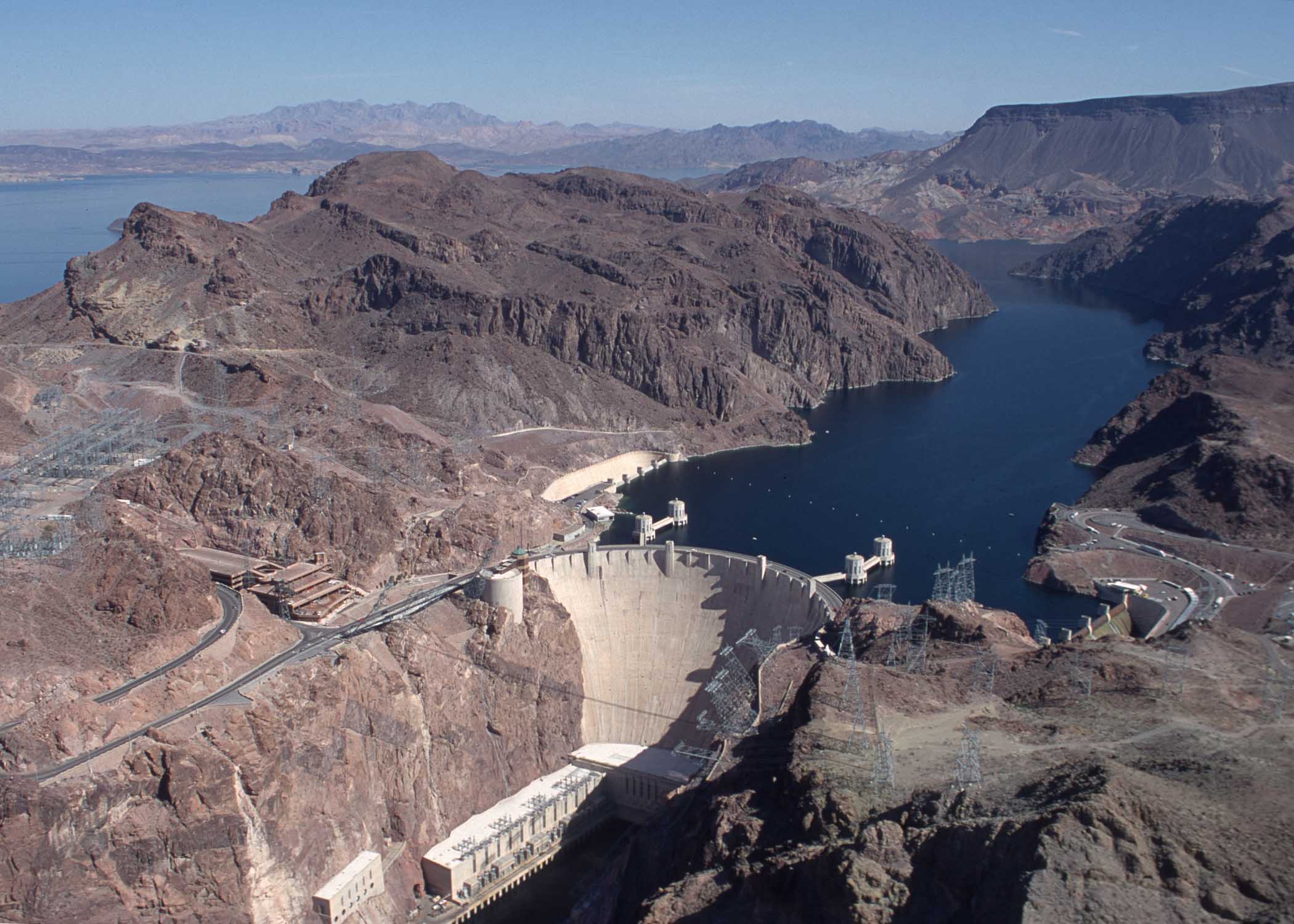A fact unknown to me until today is that the Himalayas hold not just the record for the tallest terrestrial mountain in the world, but also the highest density of dams.

Whilst dams obviously have many beneficial attributes to us humans (namely hydroelectricity (a renewable energy source), water supply and relative safety from floods), they can have a detrimental affect on ecosystems and the wildlife that live within them.
Vast areas have to be flooded with often no regard for the creatures who will be losing a habit.
A NewScientist article from a couple of days ago highlights these issues. India receives one fifth of their energy from hydroelectricity yet they are in need of much more; que more dams, many of which have already been planned.
Pandit and Grumbine have assessed the extent to which 292 of the planned dams will affect the local biodiversity. By 2025 22 flowering plants and 7 vertebrate species are likely to have gone extinct, and many other species' biodiversity diminished. If construction continues these numbers could jump staggeringly by 2100: to 1505 and 274 species respectively!
As our global population continues to grow our need for energy is increasing too, even with 'green' energy in the form of renewables it is clear our planet will still pay the price.

It is interesting to see a paper giving specific predictions on the biodiversity impacts of dams, as I have come across these as being a key factor in the endangered nature of many of the species I have looked at for my blog.
ReplyDeleteInterestingly I have seen dams as being important and used to prevent damage of native species by alien introduced species (for example this news article on using dams to prevent the spread of the Signal Crayfish in Britain: http://www.scotsman.com/news/barriers-go-up-in-bid-to-keep-salmon-river-free-of-killer-crayfish-1-1714463).
Thanks, Harriet